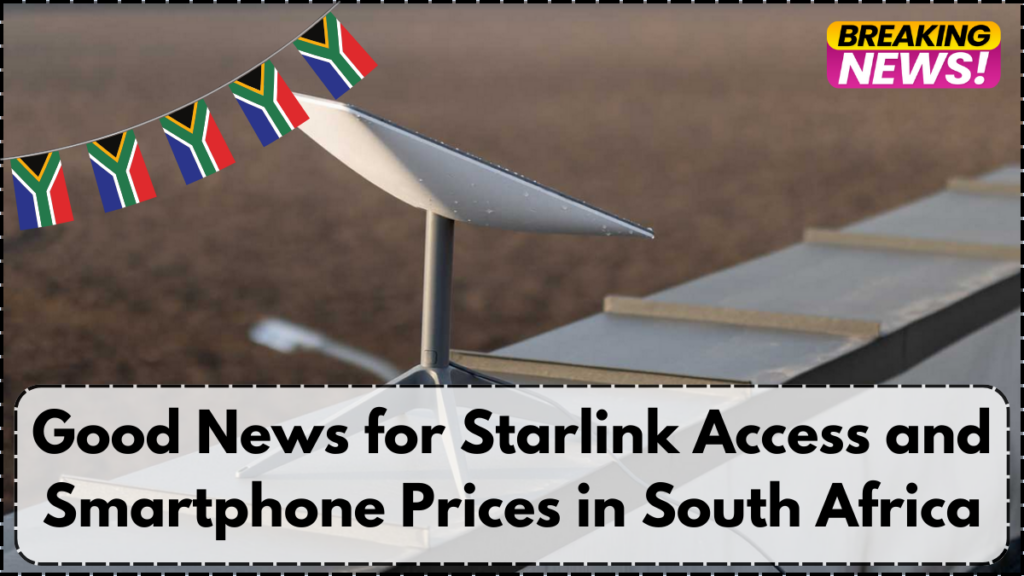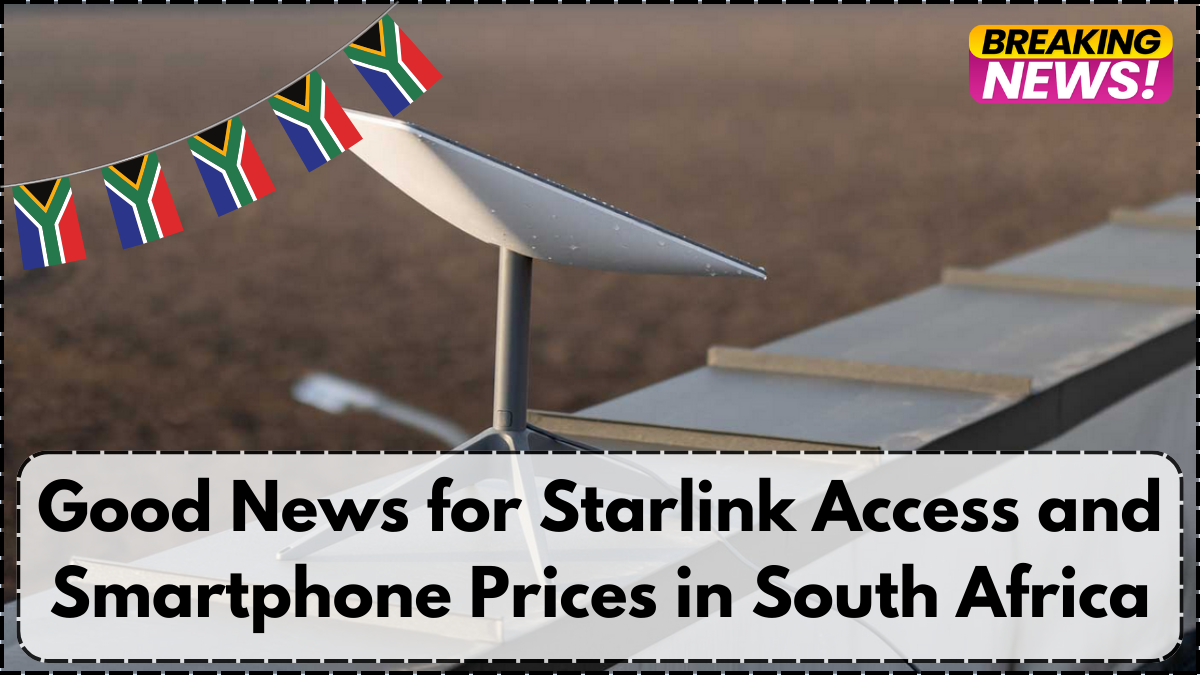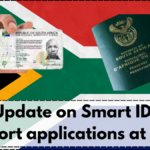In April 2025, Solly Malatsi, the Minister of Communications and Digital Technologies, announced a bold two-part strategy designed to bridge South Africa’s digital divide. This comprehensive initiative focuses on increasing access to affordable broadband and reducing the cost of smart devices—two critical factors that hinder the nation’s digital inclusion efforts. The dual approach aims to foster widespread internet accessibility and create an equitable digital environment for all South Africans, particularly underserved communities.

A New Broadband Era Through Equity Equivalence Programmes
One of the cornerstone policies of Malatsi’s strategy is the introduction of a regulatory framework that encourages participation from both local and global digital service providers. At the heart of this policy is the Equity Equivalence Programme (EEP)—a transformative mechanism that allows multinational companies to invest in socio-economic development projects rather than traditional equity ownership.
The minister revealed that the Department of Communications and Digital Technologies will issue a policy directive clarifying the role of EEPs in the ICT sector. These programmes are envisioned to support national empowerment objectives by directing investment into high-impact areas such as:
-
Installation of broadband infrastructure in rural and peri-urban communities
-
Free Wi-Fi access in public institutions like schools and clinics
-
Digital skills development for unemployed youth
-
Mentorship and support for small tech businesses owned by historically disadvantaged individuals
Through these investments, international companies like SpaceX (with its satellite internet division, Starlink) would be allowed to operate locally while contributing to the broader development goals. Malatsi emphasized that enabling such participation would drive competition, improve service delivery, and reduce broadband costs significantly.
Paving the Way for Global Entrants Like Starlink
The inclusion of Starlink in public discussions has generated significant attention. With its ability to deliver low-earth orbit satellite internet, Starlink presents a promising solution for regions still without reliable connectivity.
South Africa’s regulatory landscape had previously hindered such innovations due to a rigid local ownership requirement of at least 30% Black ownership for national telecommunications operators. Although these rules were introduced in March 2021, they were suspended shortly after due to industry pushback. Malatsi’s endorsement of EEPs offers a viable alternative that aligns global interest with domestic empowerment goals, potentially clearing the path for Starlink’s long-anticipated launch in South Africa.
Making Smart Devices Affordable for All
The second major component of the government’s 2025 digital inclusion blueprint addresses the high cost of smart devices—an often-overlooked barrier to internet access. Recognizing that digital participation hinges not just on service availability but also on device affordability, the minister announced multiple measures aimed at lowering prices.
One significant policy win was achieved during the 2025 National Budget, when Finance Minister Enoch Godongwana confirmed the removal of the 9% ad valorem excise duty on smartphones priced below R2,500, effective April 1, 2025. This tax, originally applied to so-called “luxury goods,” was disproportionately affecting access for lower-income groups.
Beyond fiscal reforms, the department has partnered with the World Bank and GSMA to conduct a nationwide study throughout 2025. The goal is to identify additional mechanisms to reduce device costs, expand availability, and support locally manufactured alternatives.
Overview of South Africa’s 2025 Digital Inclusion Strategy
| Strategic Pillar | Description | Expected Impact |
|---|---|---|
| Equity Equivalence Programmes (EEPs) | Multinational investment in local digital empowerment projects | Expands broadband infrastructure and supports small enterprises |
| Regulatory Adjustment for Global Players | Redefines local ownership requirements through EEPs | Facilitates entry of providers like Starlink |
| Tax Reform on Smart Devices | Removes 9% tax on smartphones under R2,500 | Makes smart devices more affordable for low-income households |
| Global Partnerships for Affordability | Collaboration with GSMA and World Bank on device pricing strategies | Encourages innovation and cost reduction in device procurement |
Conclusion
South Africa’s vision for 2025 signals a profound shift toward an inclusive, connected society. By reforming ownership regulations through Equity Equivalence Programmes and removing fiscal barriers to smart device access, the government is laying the foundation for a digitally empowered future. This approach not only promotes economic growth and educational access but also addresses deep-rooted inequities in the technology space. As South Africa embraces this transformative journey, stakeholders across public and private sectors will play pivotal roles in turning policy into progress.
Frequently Asked Questions
What is the purpose of Equity Equivalence Programmes in the ICT sector?
Equity Equivalence Programmes are designed to allow multinational companies to support empowerment initiatives without meeting strict ownership quotas. In the ICT sector, this includes funding for infrastructure, training, and business development focused on historically disadvantaged communities.
How will these programmes benefit companies like Starlink?
By participating in EEPs, companies like Starlink can enter the South African market without breaching local ownership laws. In exchange, they must invest in programmes that directly benefit the country’s underserved populations.
When does the tax exemption on smartphones begin?
The 9% luxury goods tax on smartphones priced below R2,500 was officially lifted starting April 1, 2025, as part of the government’s broader affordability initiative.
How will smart device affordability improve further in 2025?
The government, in collaboration with GSMA and the World Bank, is conducting a comprehensive study throughout 2025 to assess and implement additional cost-lowering strategies, such as local manufacturing support or subsidized device distribution.
For More Information Click Here
Pari is a passionate writer known for captivating stories that blend imagination and reality. Inspired by travel, history, and everyday moments, Pari crafts narratives that resonate deeply with readers.




